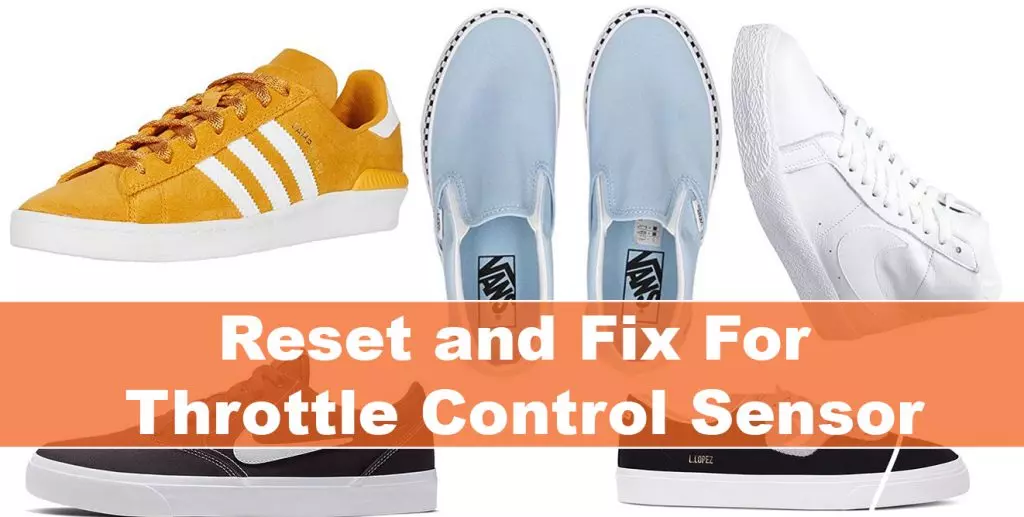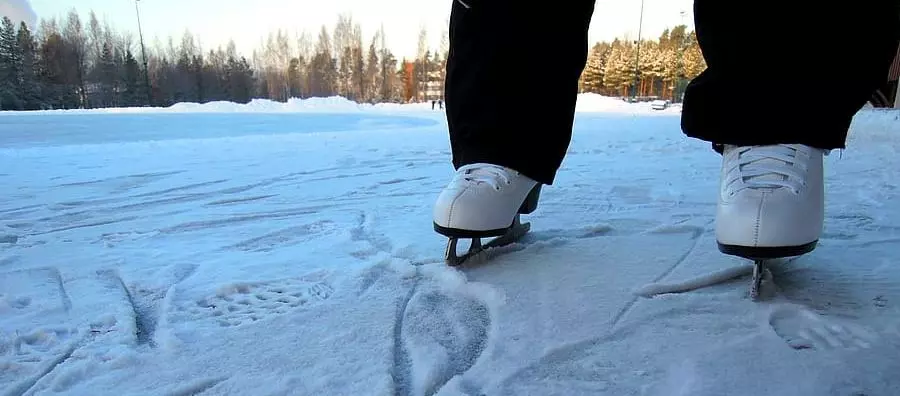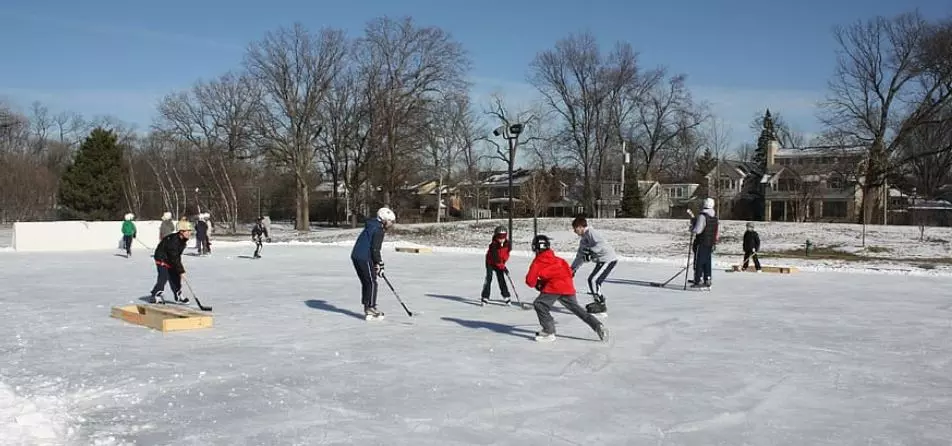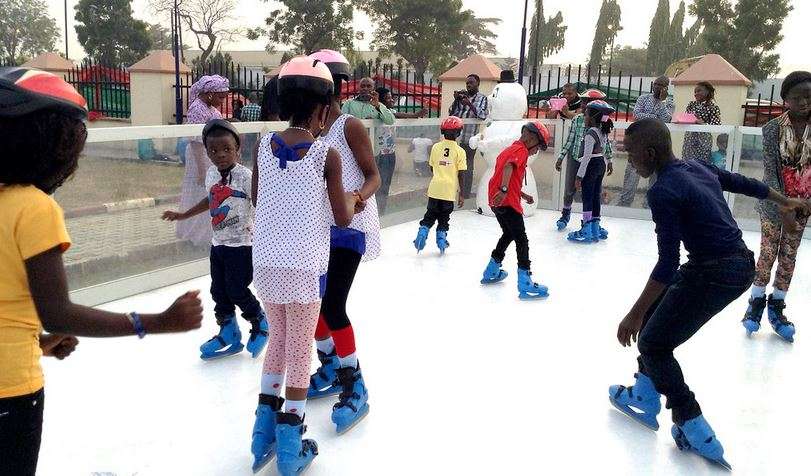Last updated on November 7th, 2022 at 06:23 am
It is interesting to know that although the global fame of roller skating might have declined, it is an activity most people enjoy engaging in during their leisure time. Have you just started learning to roller skate?
Perchance, learning to skate might involve getting the right balance, proper equipment or kits, practicing turns, and changing speed; learning to stop as a beginner has a crucial role in your safety as a skater.
Learning to stop as a beginner is one of the most significant and complex challenges when you might have decided to strap the wheels to your feet. Unfortunately, mastering these stoppings on skates is more demanding than making your skates go.
However, these stopping techniques could be complex but not impossible, so you learn and master the T-Stop by making your legs to be in a scissoring manner, dragging to stop, knee stop, spinout stop, plow stop as you spread your legs wide, and point your toes inward to increase the rate of friction, only to mention but a few!
Be sure to know that the stopping techniques, T-Stop and Plow Stop, are not recommended for beginners but rather for professional or advanced roller skaters.
Notwithstanding, this article will explore and also examine these specific contents such as; how to stop roller skates for beginners, how to stop when roller skating fast, how to stop on roller skates outside, how to stop on roller skates going downhill, how to stop on roller skates without toe stops, and more to help you enjoy your roller-skating time with friends.
Be patient in learning some stopping skills!
How To Stop Roller Skates For Beginners?
Having been tired of crashing into walls, falling into the grass, or even grabbing your friends to stop. If so to say, then you should read and study through these common stopping skills below;
Use Of Toe or Heel Brakes?
This is the most common way to stop as a beginner. Thus, inline skates have a heel brake, while quad skates have toe stops. Hence, both are used with a leg scissor, one forward and one back. To do the Heel Brake;
- Make sure both your skates are together as you bend your knees
- Place your weight of about 70% on one of the skates, and roll the other skate in the front as you apply the brake when you might have past the front wheel of the back skate.
- Allow the skate to slide laterally on the floor, keeping it in that spot as the brake will be near the front wheel of the back skate.
The above steps will bring you to a faster and easier stop than the Toe Stop since your weight is behind the brake.
Similarly, to use Toe Stop;
- Roll forward
- Make a 45 degrees angle with one foot as you drag the toe stop across the floor or ground.
- You should apply pressure to the toe stop.
- Slowly come to a complete stop as you do the preceding step.
Use Of Knee Pad To Stop?
Since it is stereotypically endorsed to wear safety gear when roller skating, you should have quality knee pads on you. To this stop skill, here are your steps;
- You should gradually lower one knee to the floor as you allow it to drag.
- Fold your body around your knee to release the impact.
- Your fingers should be off the floor to avoid rolling over. If needed, use a tightened fist.
- To stand back up, use your strength and not your hands.
How To Stop When Roller Skating Fast?
To stop is an important skill you must acquire, although it does not matter how good or fast you could be on track or whether you have the most fantastic tattoos, if eventually, you cannot stop, perchance, you can’t stop! For sure, you pose to be a danger to yourself and others.
For a beginner, you should use the Toe Stop method of stopping since it is the fastest and easiest. Perchance, I have detailed the Toe Stop in this article.
Moreover, for a professional to stop when roller skating fast requires using the T-Stop method.
So many steps are involved in this skill; perchance, you still perform the steps as quickly as possible and stop within a few seconds, depending on your speed.
Here you have the steps;
- Bend your knees to have balance.
- While maintaining the balance with your suit leg, adjust your body weight onto that leg.
- Lift your back foot as you focus and shift your body weight from the back leg to the front leg.
- Make your back foot at a right angle (90 degrees) in the air as you gradually lower it to the floor.
- Gently apply pressure when you have maintained the preceding step to your back as it is perpendicular to the front foot.
- Drag your back foot until you finally stop or reach the desired speed.
How To Stop On Roller Skates Outside?
How To Stop On Roller Skates Going Downhill?
As a beginner, roller skating downhill can be fun, but it requires more balance and might use all your muscles at a go. However, if your muscles have not toned up, you won’t roller skate properly going downhill.
So, exercising your core, thigh, and legs before you pick up your skates is vital to your safety. Warming up before roller skating is beneficial. Let’s get to how to stop roller skating downhill appropriately;
To make a stop, turn around backward as you lower your body a bit to enable your weight to stay down. But not too much, however.
Bend your knees at an angle of 45 degrees as you mount your toe stops simultaneously. Then put both toe-stops in action as if you are digging into it. Unlike some skaters, I recommend you use both toe-stops if you are skating speedily rather than one toe-stop.
Make sure you have a high toe stop since your stopping will mainly depend on your weight and elevation.
Keep your knees bent as your top side is slightly forward and your back engaged. Never use your hands to reach the ground.
As you try to stop, always look ahead rather than downwards to avoid your weight sending you down since you are skating downhill. However, it could be dangerous in any case.
To attain stability, you could spread your hands sideways or backward, as the case may be.
The above steps apply to; how to stop on roller skates
Outside.
How To Stop On Roller Skates Without Toe Stops?
Toe Stops are an easier way for skaters (beginners and professionals alike) to stop. Hence the Spinout Stop would be vital for both beginners and advanced roller skaters. Although, Spinout Stop is one of my preferred skating stops.
Using this skill gently slows you down as you would make a quick, comprehensive spinning motion that is fascinating to friends. Performing this skill requires you to be acquitted of turning around, skating backward, and spinning at least one revolution, precisely.
Check out the steps below;
- Skate forward
- Turn one of your feet at 180 degrees as your place it behind your front foot.
- At 1 to 2 skate lengths, keep your feet apart.
- To have the momentum to make a wider circle, lean on the inner edges of your feet.
Use the broader circle as you press down on the inner portion of your feet to come to a stop. Perchance I do spin my way to a stop.
How To Stop On Roller Skates without Brakes?
Stopping without brakes for a beginner would be very complex. So, it will require a professional or someone with much experience to do this skill. However, to stop without brakes, the Slalom Stop would be applied.
Let’s dive into the steps;
- Begin as you roller skate forward.
- Make your feet parallel, then turn your skates to one side.
- Quickly change direction as you go to the other side.
- Make your body weight to be placed on the inside each time you turn.
- Your skates will gradually come to a stop.
How To Stop On Roller Skates With Toe Stops?
Interestingly, the Toe Stop is the easiest way of stopping skaters in roller skating compared to other methods. The skill of stopping involves more balance of your body weight on one leg to get the “drag” well-lit enough to drag and heavy enough to slow you down as you come to a stop. Let’s dive into the steps below;
Bend your front knee as you balance more weight (about 70%) on one of your legs.
- Gradually slow down as you allow the toe stopper of the other skate to make a scrape behind the front skate.
- Bend your back knee as your foot inside the gliding skate should be pointed as a ballerina.
Conclusion
Stopping on roller skating flat surfaces, rinks roads, or even downhill is fun, especially with friends where you would be exposed to a new world of experience; perchance, it could be terrifying most times.
Although, as a beginner, you would need not be frightened of skating anywhere, let unaided be fearful of stopping.
I have shared some of the skills and techniques I have been using over two decades of skating. Though I am sure they will be functional if you adhere to my instructions above.
So far, never stop skating as you would continue to learn moves. In the same vein, more techniques and skills are revealed in this sports adventure. Have a wonderful time out there.
Do like and share this informative article with others!





